Seasonal Hotel Jobs: Key Findings
- Seasonal hotel jobs fill critical roles during peak travel periods like holidays and festivals.
- Major hiring challenges include high turnover, legal risks and expensive job boards—LinkedIn can cost up to $2,000.
- Tools like digital onboarding and flexible scheduling help streamline seasonal hiring and reduce mistakes.
- Misclassifying seasonal staff can lead to major fines, as seen in FedEx’s $228M worker misclassification case.
This guide will walk you through hiring for seasonal hotel jobs, tackling common recruitment challenges and staying compliant with labor regulations.
What Are Some Typical Seasonal Hotel Jobs?
A seasonal job represents temporary employment required only during certain times of the year when there’s an increase in customer demand, such as winter holidays, spring and summer breaks or even special events and festivals. We’ve listed some of the most common seasonal hospitality jobs and the reasons they may be needed.
Common Challenges in Hiring for Seasonal Hotel Jobs
Just like hiring for full-time roles, Recruiters also face challenges in seasonal hiring, such as finding qualified candidates, reducing the turnover rate and ensuring regulatory compliance.
Finding seasonal workers
Finding seasonal workers can be difficult due to the temporary nature of the roles. Job seekers tend to prioritize opportunities that offer benefits, stability and career growth.
Hotels can improve their chances of finding skilled workers by offering competitive wages and choosing the right platforms to post seasonal hospitality jobs.
Job boards such as LinkedIn, Monster.com and ZipRecruiter offer wide reach, user-friendly interfaces and simple application processes. That said, these platforms can be expensive especially if you’re hiring for multiple positions.
For instance, LinkedIn’s recruitment fees can reach up to $2,000, ZipRecruiter charges $24 per post and Monster.com costs $299 per month.
Why OysterLink is a better option
OysterLink is a dedicated hospitality job search platform that connects you with over 150,000 experienced hotel and food service professionals.
Designed for convenience, it’s fully optimized for mobile, allowing you to post job listings anytime, anywhere. By using an industry-specific platform like OysterLink, you ensure your job ads reach qualified candidates, streamlining the hiring process and helping you build the perfect team quickly and efficiently.
Creating job descriptions
Since seasonal hiring is often done in bulk, you need to be prepared with well-written job descriptions. OysterLink offers a library of FREE job descriptions specifically tailored for hotel and restaurant workers. These descriptions will help you reduce the time spent on creating individual listings.
However, if you want to write your own job description, we also provide a detailed guide to help you get started.
Managing compliance and labor laws
Staying up-to-date with labor laws is essential since regulations can vary by state and are frequently revised. Failing to manage compliance can lead to expensive legal disputes and damage your company’s reputation.
For example, misclassifying workers can result in significant financial penalties, as seen in the FedEx case, where the transportation company had to pay $228 million in settlements for misclassifying their drivers as independent contractors.
Are seasonal workers independent contractors?
Just because seasonal workers are employed for only a few months doesn’t mean they qualify as independent contractors by default. In the hospitality industry, seasonal workers may be classified as employees depending on multiple factors as determined by the U.S. Department of Labor.
If the above table doesn’t clarify your workers’ status, you can file Form SS-8 with the IRS to determine whether the role should be classified as an employee or an independent contractor.
To ensure you stay informed about compliance with various labor laws, check out the Wage and Hour Division (WHD) of the U.S. Department of Labor. The WHD provides extensive resources to help employers understand their responsibilities.
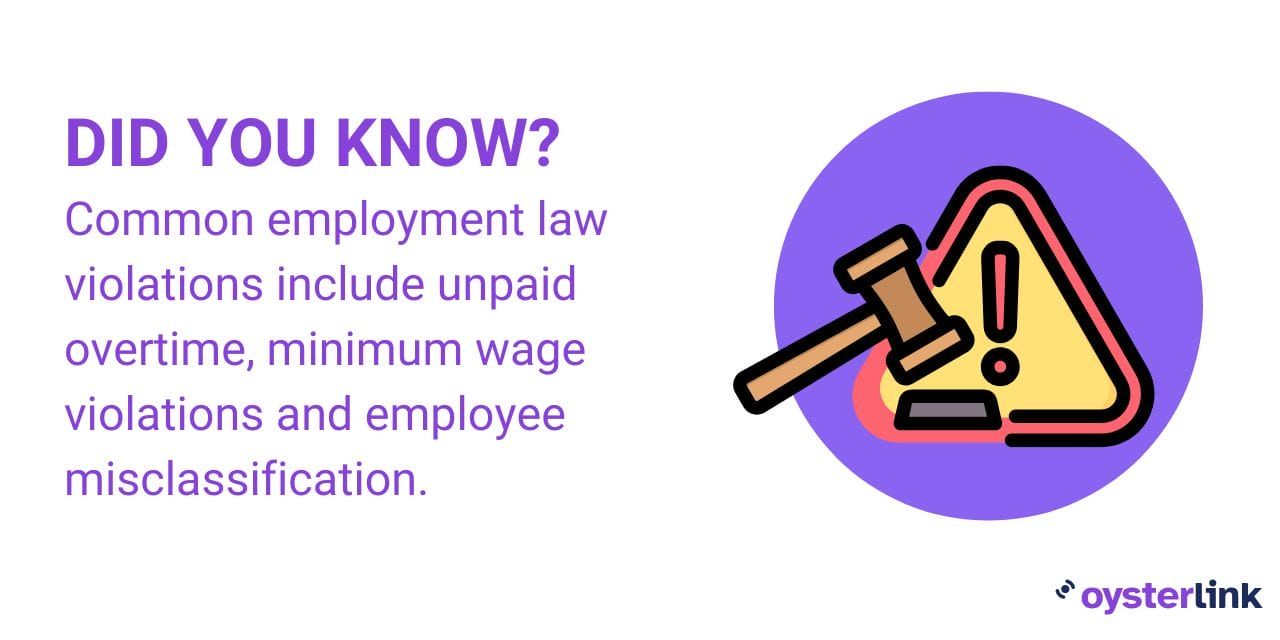
Reducing turnover rate
Since seasonal workers only spend a limited amount of time with an organization, they may feel less connected than full-time employees. However, there are ways to foster loyalty and reduce the seasonal turnover rate.
- Address issues promptly: Quickly resolve any problems workers encounter. Engagement drops when employees feel their concerns are ignored.
- Offer competitive pay: Since seasonal workers typically don’t receive benefits, attractive wages can motivate them to stay.
- Provide proper onboarding: Effective onboarding helps workers feel prepared and supported, enabling them to deliver better customer service and create a positive impression.
- Give regular feedback: Seasonal employees benefit from more than just task guidance. Regular feedback helps them navigate the work environment confidently.
- Create incentives for return: Offer perks like end-of-season bonuses or priority rehiring for the next season to encourage workers to return.
How To Streamline Hiring for Seasonal Hotel Jobs
Here are several tips to ensure the success of your seasonal hiring.
Start planning early
Nothing’s more stressful than trying to create a hiring plan just weeks before peak season hits. So we made a free timeline you can use to make planning way easier.
Streamline your hiring process
Along with following the timeline provided above, consider these additional tips.
- Use an Applicant Tracking System (ATS): An ATS automates resume sorting based on relevance and reduces administrative tasks.
- Standardize the interview process: OysterLink offers FREE interview questions for hospitality roles, along with whitepapers to guide your overall hiring strategy.
- Appeal to students: Seasonal work offers students a great way to make extra money without any long-term commitment. Their availability during holidays and spring breaks aligns well with peak business periods.
- Use digital onboarding platforms: Implement digital platforms to facilitate the onboarding process, allowing seasonal hires to complete necessary paperwork and training modules online.
- Use scheduling software: Use scheduling tools to efficiently manage staff shifts, accommodate availability, and prevent overstaffing or understaffing during peak periods.
Provide focused training and onboarding
Since seasonal workers have limited time to adjust, it’s important to offer focused and efficient training and onboarding. The onboarding should include online learning materials that workers can refer to any time for workplace safety, software training and company policies.
In addition, offer in-person training for proper equipment use and site tours to familiarize them with key areas (e.g. staff break rooms, parking areas for employees and storage facilities).
Finally, assign a senior full-time employee as a mentor to ensure they receive on-the-job guidance and further support new hires. Effective training reduces mistakes, improves guest service and leaves a positive impression of your business.
Effective onboarding not only equips seasonal employees with the necessary skills but also fosters a sense of belonging and engagement. Consider implementing mentorship programs where experienced staff guide new hires, enhancing their integration into the team.
Additionally, providing clear communication channels and resources can empower seasonal staff to perform confidently and efficiently.
Implementing flexible staffing strategies
Adopting flexible staffing approaches can help hotels effectively manage fluctuating demand during peak seasons. Consider the following strategies:
- Cross-training employees: Train staff to perform multiple roles, allowing for adaptability and efficient allocation of resources as demand shifts.
- Utilizing part-time and on-call staff: Maintain a pool of part-time or on-call employees who can be scheduled as needed to accommodate varying occupancy levels.
- Offering flexible work schedules: Provide flexible scheduling options to attract a broader range of candidates, including students and individuals seeking supplementary income.
Implementing these flexible staffing strategies can enhance operational efficiency and employee satisfaction during seasonal peaks.
Create a talent pipeline
Having a pool of reliable seasonal workers saves time and effort during future hiring cycles. Build rapport with high-performing seasonal employees by providing constructive feedback and maintaining strong relationships, so they’re more likely to return when needed.
Disadvantages of Seasonal Hotel Jobs
Like any employment type, seasonal work has its challenges.
- Lack of skilled workers: Seasonal employment often attracts students or individuals from other industries looking to explore a new field. This makes onboarding and training crucial to ensure that new hires quickly acquire the necessary skills and knowledge to perform effectively.
- Recruitment takes a lot of effort: Seasonal hiring demands significant work — from planning and budgeting to recruitment. Following a timeline and having a skilled hiring team can help streamline the process.
- High cost: Seasonal employment can be expensive due to turnover, training expenses and compliance requirements. Mistakes from inexperienced staff can impact guest experiences, hurting your reputation and repeat business.





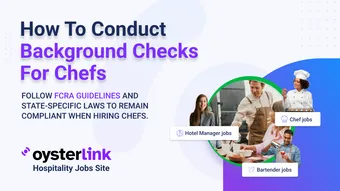
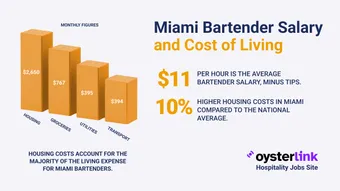
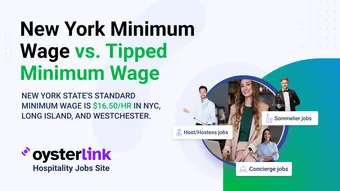
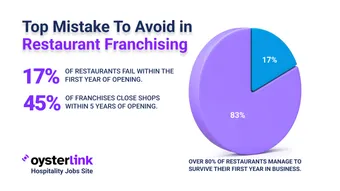
Loading comments...